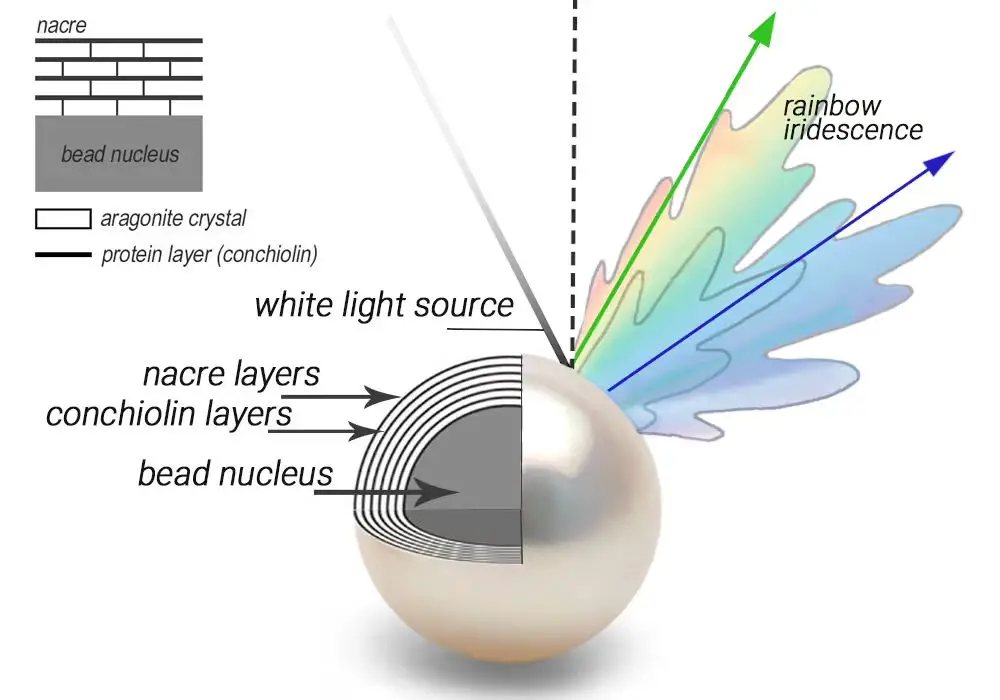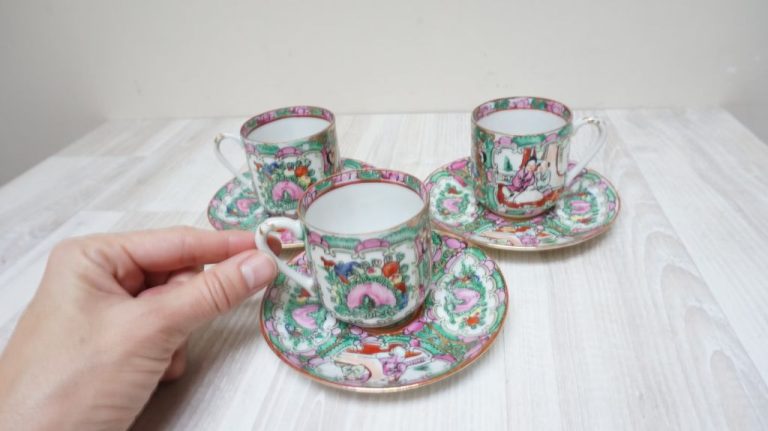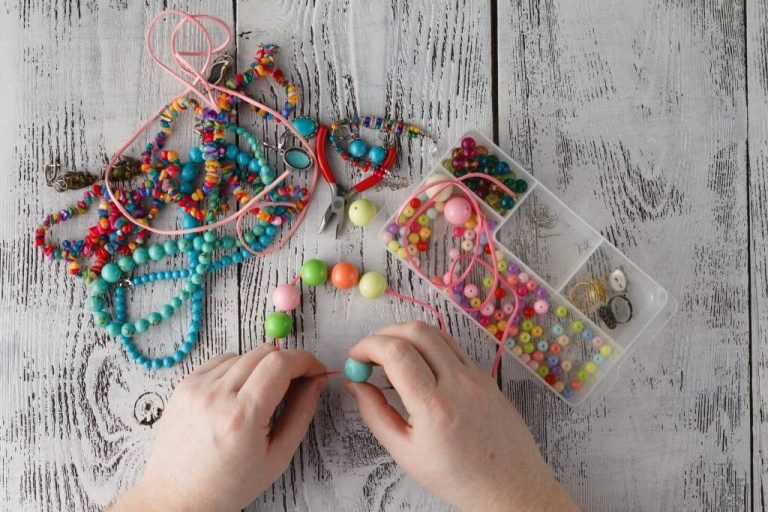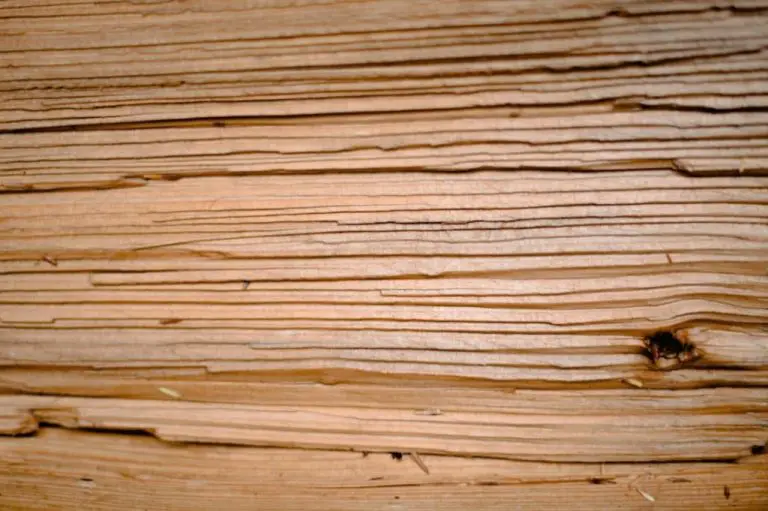What Is The Lustre Of A Pearl?
What is Lustre?
Lustre refers to the brilliance and shine exhibited by a pearl (Pearl Luster Guide). It is an optical effect caused by how light interacts with the surface of the pearl. Lustre is one of the key factors in determining the quality and value of a pearl.
A pearl’s lustre is produced by the translucent layers of nacre that make up the pearl. Light enters the pearl and reflects back off the overlapping microscopic layers of nacre. The more layers of nacre a pearl has, the more reflections occur, creating a brilliant lustre (Why Pearl Luster Is Important).
Lustre is affected by the cleanliness, smoothness, and thickness of the nacre layers. Pearls with very clean, smooth surfaces and thick nacre tend to have the best lustre. Environmental factors like temperature, humidity, chemicals can also affect lustre over time.
How Pearls Get Their Lustre
The lustre of a pearl comes from the unique way it is created inside mollusks like oysters or mussels. As an irritant like a grain of sand enters the mollusk, it secretes a substance called nacre to coat the irritant. Nacre is composed of thin, translucent layers of aragonite (a mineral) and conchiolin (a protein). As more layers of nacre coat the irritant over years, a pearl is formed.1

The overlapping layers of nacre act like miniature prisms and mirrors, refracting and reflecting light to produce an iridescent sheen or lustre. The more layers of thick, high-quality nacre a pearl has, the better its lustre will be. Pearls with very thick nacre tend to have a bright, sharp lustre. Thinner or lower quality nacre results in a more muted or softer lustre.2 The combination of reflections and refractions from the translucent nacre layers is what gives pearls their prized lustre.
Grading Pearl Lustre
Pearl lustre is graded on a scale from excellent to poor. The most valuable pearls have a high or medium lustre rating. Lustre measures the rate and quality of light reflection on the surface of a pearl (Pure Pearls).
The AAA grading scale rates pearls as follows:
- AAA – Exceptionally high lustre and near perfect surface quality
- AA – Very high lustre and minor surface flaws
- A – Good lustre but more visible surface flaws
- B – Moderate lustre and clearly visible flaws
- C – Fair lustre and heavy flaws
Pearls with AAA, AA and A grades have a high to medium lustre and are the most valuable. Lower grades like B and C have progressively poorer lustre. Excellent lustre produces crisp, bright reflections while poor lustre looks dull. The AAA grade represents the pinnacle of pearl quality with near flawless surface and radiant lustre (Jewelers Trade Shop).
Pearl Surface Quality
The lustre of a pearl is greatly affected by its surface quality. This refers to how clean and smooth the pearl’s surface is. Any blemishes, pits, or imperfections on the surface of a pearl will reduce its overall lustre and shine.
A pearl with a very high quality surface will have a mirror-like finish that reflects light sharply. The surface will be free of any visible blemishes, pits, grooves, or irregularities when examined under magnification. Such a smooth, flawless surface allows light to reflect and refract uniformly off the pearl, resulting in a very bright and intense lustre.
Conversely, a pearl with a poor surface quality will have many minute blemishes, pits, grooves, or spots visible under magnification. These surface imperfections diffuse and scatter light rather than reflecting it cleanly. This results in a dull or blurred lustre. The more blemishes on the surface, the more lackluster and lifeless the pearl will appear.
Therefore, pearl surface quality has a direct impact on lustre. Smooth, clean surfaces allow light to reflect sharply for brighter, more intense lustre. Blemishes disrupt light reflection, reducing the overall lustre of a pearl. When evaluating pearl quality, surface cleanliness and smoothness are key determinants of its lustre.
Nacre Quality
Nacre quality refers to the characteristics of the nacre that forms the layers of a pearl. Nacre is composed of thin hexagonal platelets of aragonite (a crystalline form of calcium carbonate) and an organic substance called conchiolin. These platelets are deposited in successive layers around the irritant that stimulated the mollusk to start forming the pearl.
The quality of nacre is one of the most important factors that determines a pearl’s luster and value. Ideal nacre consists of many thin, consistent, and aligned layers that refract and reflect light to produce a pearl’s iridescent glow. Thicker layers of nacre that are deposited unevenly result in less light reflection and reduced luster.
The organic composition of nacre also affects its refractive index, which determines how much light will be reflected back. Nacre with a higher proportion of aragonite to conchiolin will have a higher refractive index and better luster. Inorganic nacre from non-living sources like shell beads nucleated onto implants generally has more inconsistent refractive properties than nacre produced naturally by living mollusks.
Overall, the most valuable pearls have nacre that is highly consistent in alignment and thickness, with an optimal aragonite to conchiolin ratio to maximize refractive potential. Evaluating nacre quality along these parameters allows gemologists to determine the resulting luster and value of a pearl. One study found pearls with thicker nacre did not necessarily have higher lustre, emphasizing the importance of nacre consistency over simple nacre thickness (https://www.gia.edu/pearl-quality-factor).
Pearl Shape
The shape of a pearl can significantly impact its luster and shine. Round pearls with a high degree of spherical symmetry tend to have superior luster compared to baroque or irregularly shaped pearls. This is because the curved dome of a round pearl allows light to reflect cleanly off the surface from any angle. The mirror-like dome shape creates a hallmark sharp and brilliant luster.
On the other hand, baroque and other irregular shapes can distort and scatter light reflections, reducing the overall perceivable luster. Light will reflect off the uneven surfaces in diffuse directions instead of a concentrated beam. Therefore, round pearls will showcase a sharper and more brilliant luster, while baroque pearls may have a more muted or softer lustrous glow.
Pearl Size
Larger pearls tend to be more difficult to produce with a high level of lustre, while smaller pearls often exhibit very strong lustre1. This is because lustre depends greatly on the quality and thickness of the nacre coating on the pearl’s surface. Smaller pearls have a higher surface area to volume ratio, allowing them to be more thoroughly and evenly coated by nacre as they grow inside the oyster or mollusk. Larger pearls have more volume compared to surface area, making it more challenging for the nacre layers to be consistently thick and flawless across the entire surface2. Nonetheless, larger pearls over 10mm that achieve very high lustre are rare and valuable.
Pearl Color
The color of a pearl greatly impacts its overall luster. Lighter colored pearls like white and cream showcase the most lustre. These pale tones reflect light extremely well, allowing the pearl’s natural shine to beam through. According to PearlsofJoy.com, “White pearls show the most luster as they reflect the most light.” https://www.pearlsofjoy.com/pages/pearl-luster Conversely, darker pearls absorb more light, muting their luster. For example, Tahitian black pearls boast an exotic dark gray to black body color. But this saturate hue prevents light reflection, resulting in a subdued lustrousness compared to white Akoya pearls. Still, a pearl’s color is just one factor affecting its radiance and appeal.
Pearl Types
There are four main types of cultured pearls that differ in their luster:
Akoya Pearls: Known for their sharp, reflective luster, Akoya pearls are produced by the Akoya oyster (Pinctada fucata) (Pearl Luster Guide 2022). Their perfectly round shape allows light to reflect cleanly off the surface. Akoya luster is described as “mirror-like”.
South Sea Pearls: South Sea pearls have a softer, more subtle lustre compared to Akoya. They are produced by the Silver-lipped Pinctada maxima oyster and known for their large size and creamy color. The Pinctada maxima oyster has a thicker nacre, muting the luster slightly compared to Akoya (Pearl Types 101 2022).
Tahitian Pearls: Tahitian pearls have a unique lustre known as the “orient” that creates iridescent hues and surface reflections. Produced by the Black-lipped Pinctada margaritifera oyster, Tahitian pearls have a thick nacre that creates their signature shades of grey, green and black (Pearl Types 101 2022).
Freshwater Pearls: Freshwater pearls usually have a bit less luster compared to saltwater pearls due to their shorter growth period and thinner nacre. The mussels they grow in also have a simpler anatomy. However, they make up for this with their wide variety of shapes, colors and affordability (Types of Pearl 2022).
Caring for Pearl Lustre
To keep pearls looking their best, it’s important to properly care for them. Pearls require gentle cleaning and proper storage to maintain their natural lustre.
Gently wipe pearls with a soft, damp cloth to remove any dirt, oils or perspiration that can accumulate on the surface. Avoid using any chemical cleaners or abrasives that could damage the nacre coating (Care of Pearls). Soft cloths are the ideal way to clean pearls.
Proper storage is also key. Store pearls in a soft pouch or fabric-lined container, not touching other jewelry that could scratch their surface. Metal jewelry boxes or compartments can dull pearls over time (Pearl-Care Tips From an Expert).
Take care to keep pearls dry, since dampness can fray and break the threads that string them together. Perspiration can also dull pearls, so gently wipe them after wearing. Letting pearls air dry prevents buildup of moisture (Pearl Care).
Chemicals in hairspray, perfume and cosmetics can also dull the lustre of pearls over time. Apply these items before putting on pearl jewelry to avoid exposing them to harsh chemicals.




